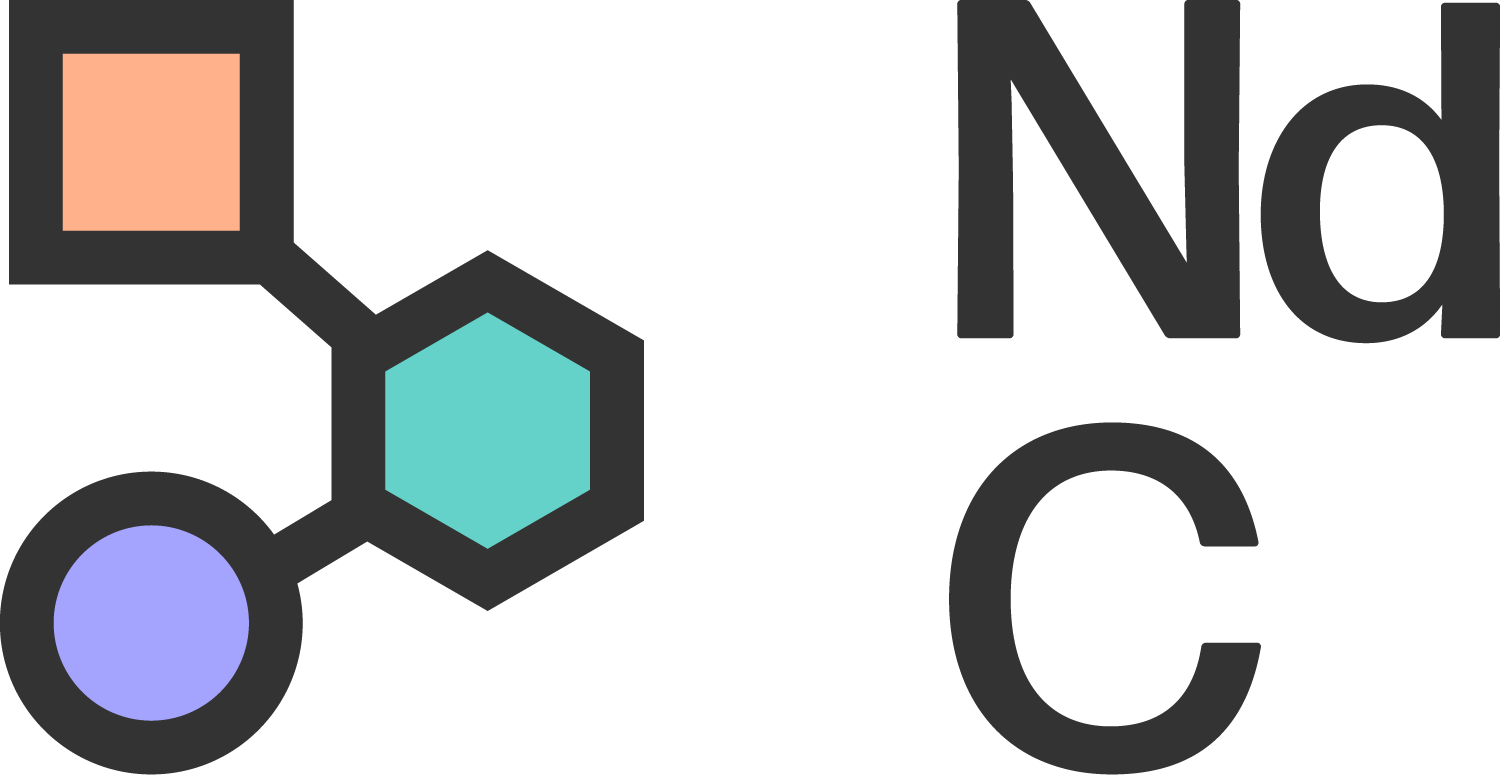Four approaches for coping with seasonal change
Kay Aldred (NdC Development Lead) shares her recommendations for coping with seasonal change, grouped into four key approaches: making physical adjustments, supporting mental and emotional wellbeing, supporting energy levels and reducing executive functioning burden.
The relationship between Neurodivergence and the impact of seasonal change is not straightforward. Some Neurodivergent individuals may prefer winter for the sensory rest it provides from bright sun, heat, hay fever, pollen, and the associated social engagements of spring and summer. On the other hand, others may find the darkness, cold, and potential isolation of winter to be challenging. The way sensory differences affect how Neurodivergent individuals process seasonal changes varies. Additionally, the impact of increased or decreased light on sleep and circadian rhythms seems to be a side effect of these variations (I discussed this topic in a previous blog post, Neurodivergence, Trauma, and Recovery (Part 1/3) — Connecting Back to Nature and Cyclical Living).
Research suggests that symptoms of Seasonal Affective Disorder (SAD) are often seen alongside ADHD in adults [1]. Furthermore, both seasonal and circadian rhythm disruptions are significantly linked to ADHD symptoms [2] The delayed onset of sleep in individuals with ADHD may account for the increase in SAD symptoms.
As we approach the autumn equinox in the northern hemisphere, my intention for this blog is to explore practical ways that we, as neurodivergent individuals, can support ourselves through all the yearly seasonal changes.
01
Making physical adjustments and adaptations
Clothing
Find clothing that is comfortable and adaptive to temperature changes without causing sensory overload. Layering, soft, tag-free, non-synthetic fabrics or compression clothing might help with sensory and temperature regulation.
Temperature control
Consider carrying items like portable fans, cooling towels for warmer months, or weighted blankets and heated items, like microwavable hand warmers, for colder weather. This can help regulate body temperature in response to external changes.
Sensory aids
Soothe sensory sensitivity and dysregulation, which can change with season, with items such as sunglasses for brighter days, ear defenders for loud environments, caps or hats for bright lights and sun, and or fidget toys for regulating sensory input.
Decompression
Across seasonal change identify a space and activities that feel safe and enjoyable. For instance, creating an indoor cosy or nesting space during the colder months with weighted blankets, soft lighting, and quiet sounds can make winter more tolerable. For warmer seasons, consider low-stimulation outdoor activities like sitting in the shade or a shelter outside in a quieter area.
02
Supporting mental health and emotional wellbeing
Seasonal Affective Disorder (SAD)
Light therapy via lamps can be particularly helpful for those who are sensitive to changes in light exposure during autumn and winter. However, adjust the intensity to your own bespoke needs and requirements to avoid overwhelming sensory input. Warm, gentle, lights in the evening can help regulate emotions without overstimulation.
Gradual exposure
Sudden changes in environment, can cause distress and dysregulation. Whenever possible gradually adjust to seasonal shifts by introducing small changes over time. For example, use heavier blankets before it gets too cold and transition to lighter clothes and footwear before the heat peaks.
Structure and predictability
Seasonal changes can disrupt routines. Try to simplify the transition and maintain the structured daily routine which works for you, even if external factors like the time changes when daylight hours shift. Consider using visual schedules, timers, or apps to track tasks and continue eating your preferred foods and textures.
03
Supporting energy levels
Track the impact of seasonal change on you
Neurodivergent people often experience fluctuating energy levels with seasonal changes. Track how seasons, months and weather changes impact on you and then schedule your diary and tasks accordingly. For example, at low-energy times prioritise low-energy activities and incorporate more rest breaks to recharge.
Coregulate with nature
If sunlight, fresh air or green spaces help with energy regulation but the outside feels overstimulating, start with a brief, controlled exposure to nature. For example, a short walk in a quieter area or sitting by a window, looking out at trees or plants, can offer the benefits of daylight and being in nature without being an overwhelming sensory experience.
Take breaks
Frequent breaks, especially during colder or darker months if your energy dips, can help prevent burnout. Use a timer for structured breaks and engage in self-soothing sensory and stimming activities, like deep pressure or touching calming textures and fabrics, and remember to engage frequently with your special interests.
04
Supporting extra executive functioning burden
Anticipate, predict and break tasks into manageable steps
With seasonal changes often come shifts in responsibilities (like winter-proofing our homes, switching clothes in our wardrobes and often the additional demand to navigate family or family events, expectations and gift buying). Break tasks into small, clear steps, set up advance alerts and use tools or apps like to-do lists or visual planners to make these tasks easier to manage.
Want to learn more?
Our Neurodivergent Wellbeing Approach training course, facilitated by Kay Aldred, takes an holistic mind, body and spirit approach to Neurodivergent wellbeing.
The course has finished for this year, but you can add your name to the waiting list for 2025.
The NdWA curriculum can also be commissioned to be delivered privately. Contact us for more information.

